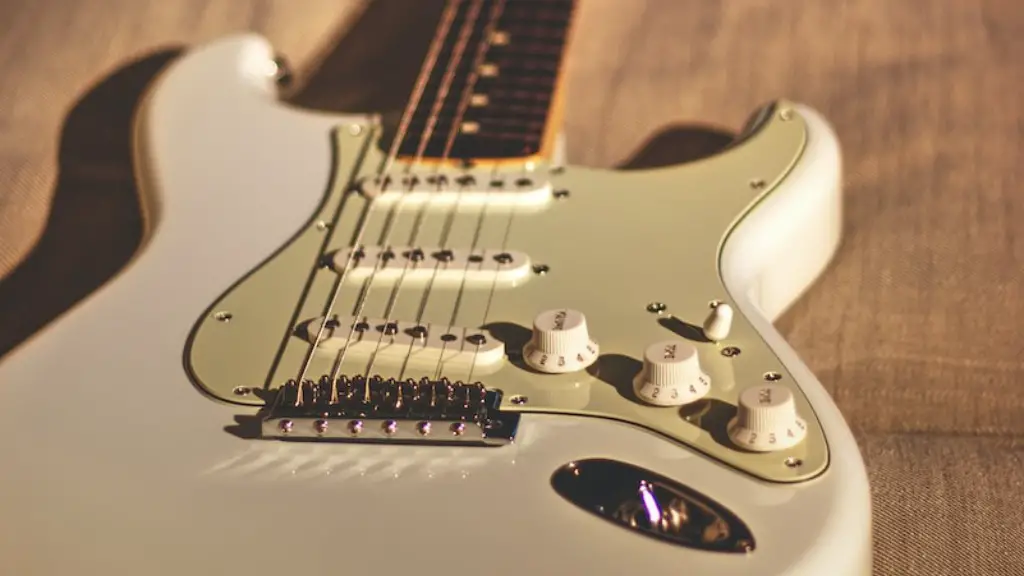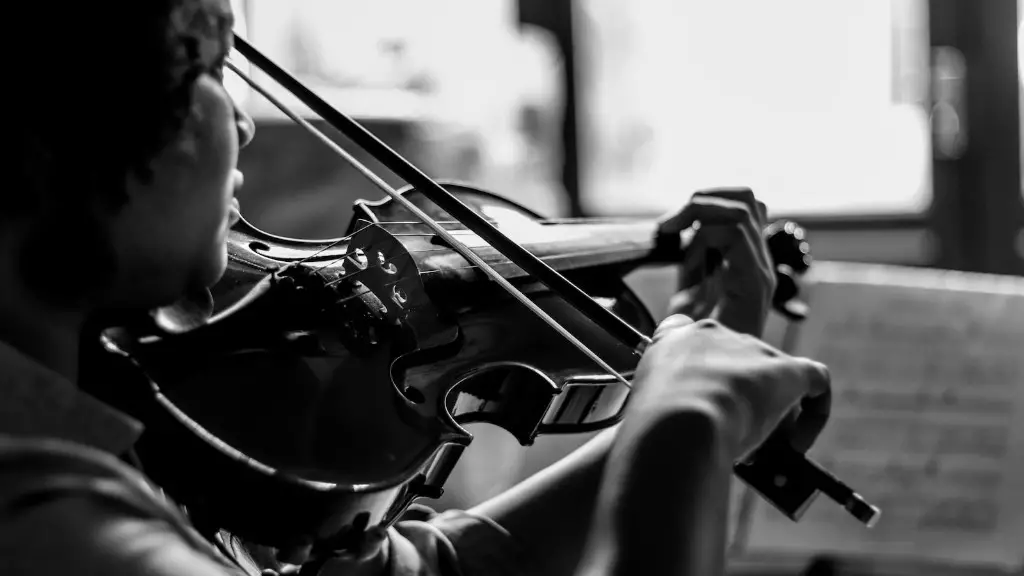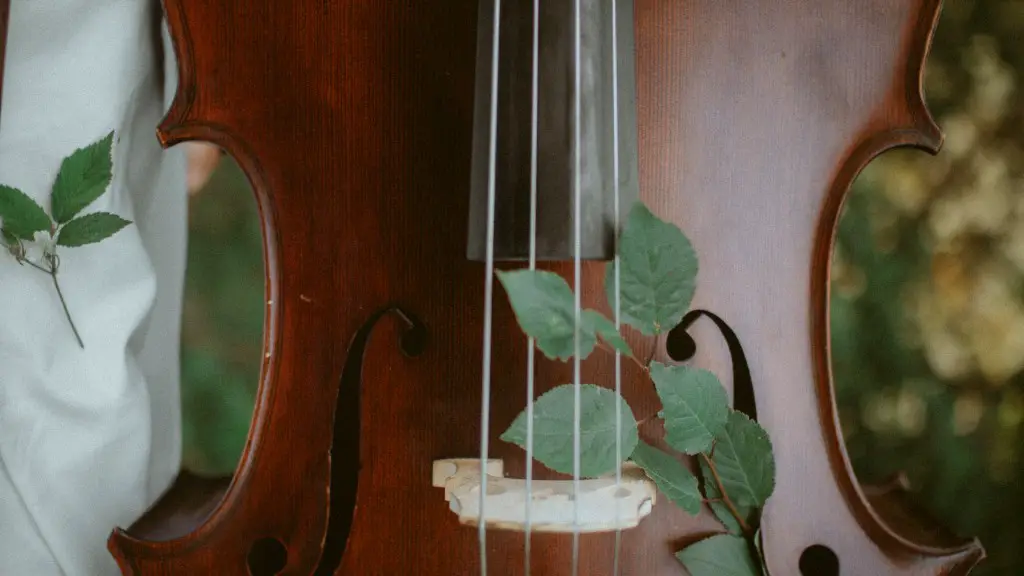The violin is a beautiful and complex instrument that can produce a wide range of sounds. It is capable of producing a variety of sounds, from soft and gentle to loud and powerful.
When it comes to how loud a violin is, it depends on the skill level of the player, the type of strings used and how hard the bow is drawn across them. A beginner violinist may not be able to play as loud as an experienced one, but both can produce great sound. The type of strings also has an impact on volume; steel strings tend to be louder than gut or synthetic strings. Finally, depending on how hard the bow is drawn across the strings will affect the volume too; lighter strokes will produce softer notes and heavier strokes louder notes.
It’s important to remember that playing too loud with a violin can damage the instrument over time, so it’s important to learn proper technique so you can get the most out of your instrument.
Factors that Affect the Volume of a Violin
The volume of a violin is determined by several factors, including the size of the instrument, the quality of strings used, and the technique employed by the player. The size of a violin affects its volume because larger violins have larger bodies and sound boxes which can amplify sounds more effectively than smaller versions. Additionally, strings of higher quality will produce better sounds than those made with lower quality strings. Finally, a violinist’s playing technique also plays an important role in how loud a violin can be. Aspects such as bow speed and pressure can influence how loud a violin can sound.
In general, electric violins are much louder than acoustic ones due to their amplification capabilities. They are devices that have pickups to convert acoustic sound into electric signals, which are then amplified through speakers or headphones to create louder tones. Electric violins also allow for greater control over volume and tone compared to acoustic instruments.
Utilizing proper playing techniques is also important for getting the desired volume out of a violin. For example, using proper bowing techniques such as using more weight with deeper strokes will produce a bigger and fuller sound. Experienced players know how to use these techniques to achieve the desired effect on their instrument.
Positioning of the Violinist
The positioning of the violinist is an important factor in determining the volume of a violin. For example, placing the violinist too far away from the microphone can lead to a lower volume, while positioning them closer can increase the sound. Additionally, playing close to a wall or other large surface can help to amplify the sound. It is also important to consider how close the violin is being held to the body, as a greater distance between these two elements can result in lower volume. When practicing, it is important for musicians to experiment with different positions and volumes to achieve their desired effect.
When performing in a larger space, it may be necessary for musicians to use amplification. This can be done through an amplifier or through miking techniques such as using an external microphone on or near the instrument. Using an amplifier or microphone will also help create more projection and clarity of sound so that it can be heard by everyone in the room. However, even with amplification, it is still important for musicians to pay attention to their positioning, as this will determine how loud they are able to project their sound.
The Size and Shape of the Violin
The size and shape of the violin play a major role in how loud the instrument is. The length of the strings and the depth of the body both determine its sound. A standard full-sized violin is usually around 14 inches (35 cm) long, with a body depth of 4 to 4.5 inches (10 – 11 cm). The strings are typically made of steel or synthetic materials, and can range from very thin to very thick. Thicker strings produce more volume, while thinner strings produce less, so this is an important factor in determining a violin’s sound. The shape of the instrument also determines its volume; an instrument with a large soundbox will produce more sound than one with a smaller one.
A well-made violin can produce a surprisingly loud sound when played correctly, but it will never be as loud as other instruments such as drums or brass instruments. However, it can still be heard clearly over other instruments when amplified through an audio system or microphone. Whether you’re playing in an orchestra, jamming with friends, or performing for an audience, the size and shape of your violin will affect how loud and clear it sounds!
The Quality of Strings
The quality of strings is an important aspect to consider when it comes to the volume of a violin. Strings play a major role in the tonal quality of a violin as they are responsible for producing sound. The gauge and material used in the strings can have a significant impact on how loud or soft the violin will sound. Higher gauge strings usually produce louder sounds, while lower gauge strings produce softer sounds. Using higher quality materials for strings will also result in better sound production. The tension of the strings is also an important factor when it comes to the sound produced by a violin. Strings that are too loose will produce a duller tone, while strings that are too tight may produce a brighter tone. Adjusting the tension of the strings can be done by changing the tuning pegs or using different types of bridges and tailpieces. Ultimately, finding the right balance between string quality and tension will result in an optimal sound from a violin.
Playing Louder and Tone
Playing loud can contribute to the tone of a violin performance, though it is not the only factor. Volume certainly helps project the sound of the instrument, and can add emphasis to certain parts of the music. However, it is important to consider that a violin can only be played so loud without becoming distorted or uncomfortable for the listener. The volume of a violin is typically kept to a moderate level that does not exceed 85 decibels. This ensures that the instrument remains audible without becoming overbearing.
In addition to volume, tone is also determined by aspects such as playing technique and vibrato. An experienced violinist will be able to create beautiful sounds with their instrument no matter how loud they play. This demonstrates that while playing louder may contribute to tone, there are many other aspects which must be considered when creating great music with a violin.
The Type of Bow and Rosin Used
The type of bow and rosin used can have a big impact on how loud the sound of a violin is. Bows come in different materials, ranging from horsehair to synthetic fibers, and each one will create a different sound when used with the same rosin. The same is true for rosins, which can also vary in hardness and stickiness. When used together, these two components can make a great combination that produces a loud and clear tone from the violin.
In addition to the type of bow and rosin used, other factors such as player technique, instrument quality, and acoustic environment can also affect the volume of sound produced by the violin. For example, playing with a faster bow speed will usually make the tone louder than if played at a slower speed. Additionally, playing in an open space with good acoustics can help maximize volume levels.
Final Words
To conclude, the loudness of a violin is subjective and highly dependent on the individual playing it. Some violins can be played very loudly, while others can only produce a quiet sound. It all depends on the skill of the violinist and the quality of the instrument itself. The quality of sound produced by a violin also varies depending on its size. Different sizes of violins will produce different volumes and tones. The type of strings used also affects how loud or soft a violin can be. Ultimately, it is up to the musician to decide how loud they want their violin to be.




